Descripción
El C ++ How to Program más vendido es accesible para lectores con poca o ninguna experiencia en programación, pero lo suficientemente completo para el programador profesional. El enfoque de código vivo característico de Deitels presenta los conceptos en el contexto de programas de trabajo completos seguidos de ejecuciones de muestra. El enfoque de los primeros objetos hace que los lectores piensen en los objetos de inmediato, lo que les permite dominar los conceptos más a fondo. Se hace hincapié en lograr la claridad del programa y crear un software bien diseñado. Los ejercicios interesantes, entretenidos y desafiantes animan a los estudiantes a marcar la diferencia y usar las computadoras e Internet para resolver problemas. Para mantener a los lectores actualizados con las tecnologías informáticas de vanguardia, la décima edición se ajusta al estándar C ++ 11 y al nuevo estándar C ++ 14.
MyProgrammingLab no está incluido. Estudiantes, si MyProgrammingLab es un componente recomendado / obligatorio del curso, solicite a su instructor el ISBN y la identificación del curso correctos. MyProgrammingLab solo debe adquirirse cuando lo requiera un instructor. Instructores, comuníquese con su representante de Pearson para obtener más información.
MyProgrammingLab es un sistema de aprendizaje en línea diseñado para involucrar a los estudiantes y mejorar los resultados. MyProgrammingLab consta de un conjunto de ejercicios de programación correlacionados con los conceptos de programación de este libro. A través de cientos de problemas de práctica, el sistema detecta automáticamente errores en la lógica y sintaxis de sus envíos de código y ofrece sugerencias específicas que permiten a los estudiantes descubrir qué salió mal y por qué.

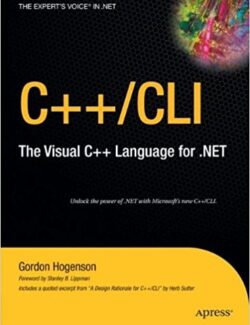
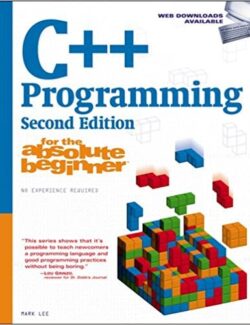
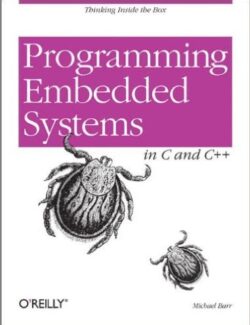
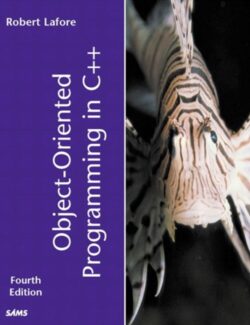
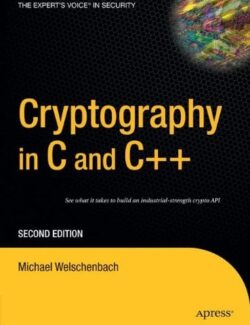
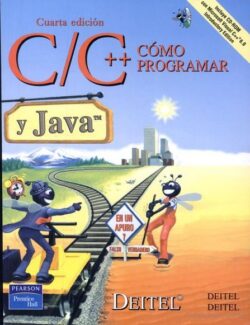
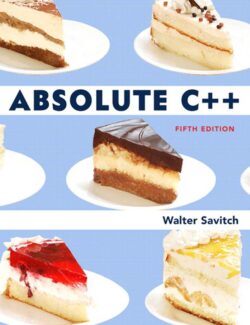
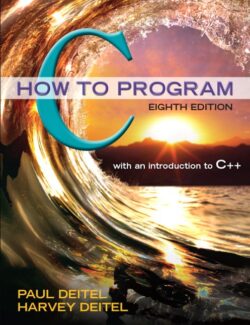
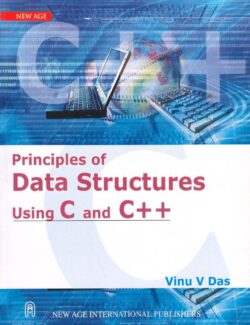

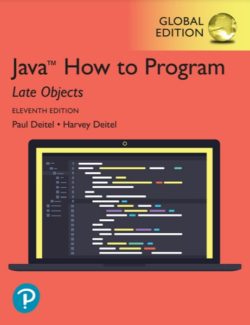
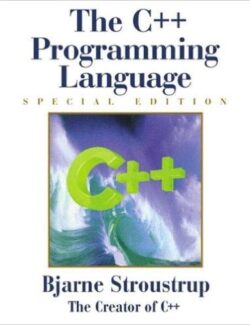
Déjanos un comentario
No hay comentarios